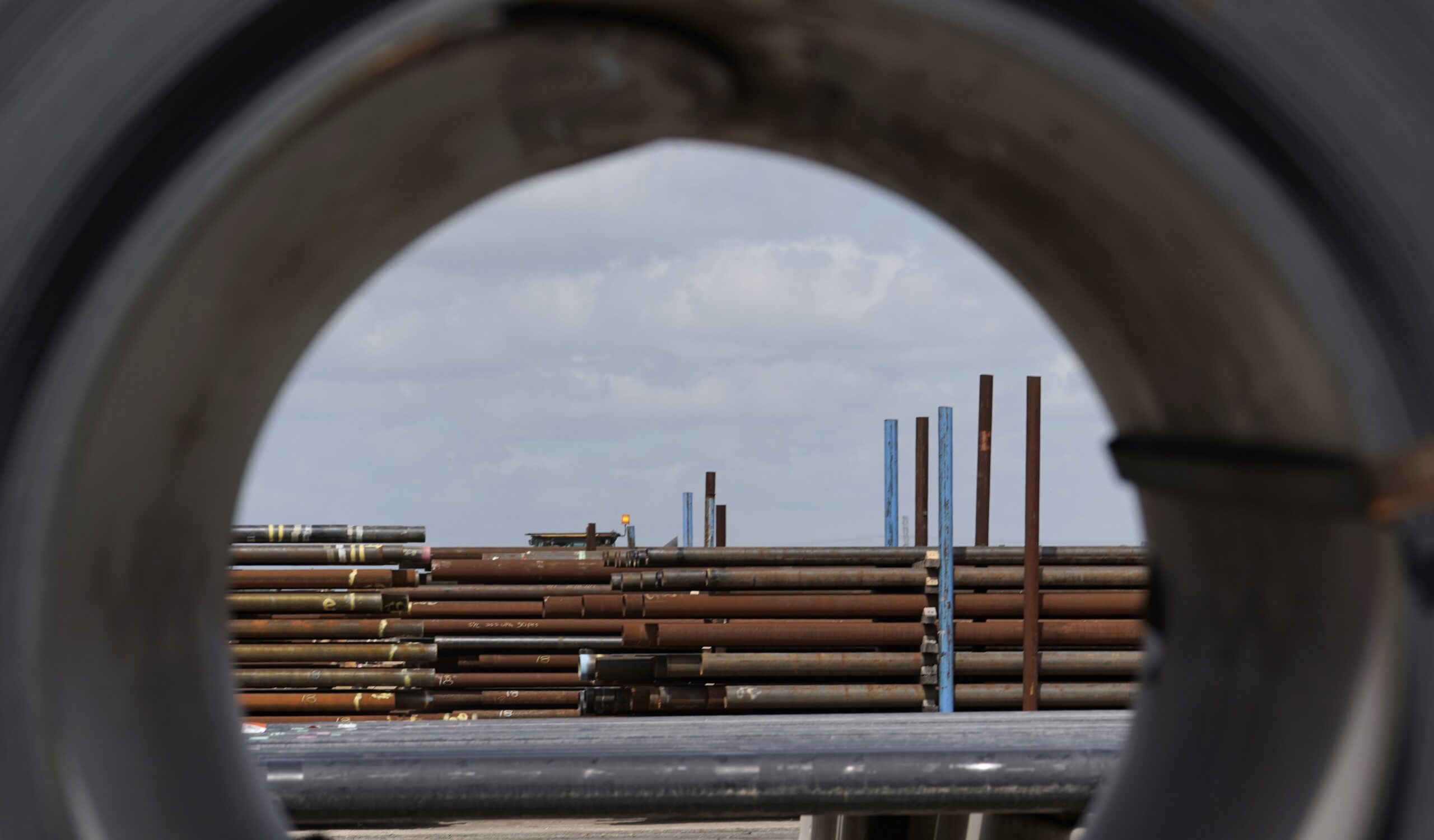Tariff Tsunami: How Metal Taxes Are Squeezing Wisconsin's Industrial Heartland

Wisconsin's manufacturing sector braces for economic ripples as President Donald Trump's sweeping tariffs on steel and aluminum threaten to escalate production costs. While industrial manufacturers may feel the pinch of rising material expenses, the local homebuilding industry appears poised to weather the trade policy storm with relatively minimal disruption.
The expanded tariffs are expected to create a challenging landscape for manufacturers who rely heavily on steel and aluminum as core production materials. These increased import costs could potentially squeeze profit margins and force companies to make difficult strategic decisions about pricing and sourcing.
In contrast, homebuilders in Wisconsin seem positioned to absorb these changes more comfortably, with less dramatic impact on their overall operational expenses. This nuanced economic effect highlights the complex and varied ways trade policies can influence different sectors of the local economy.
As businesses adapt to these new trade dynamics, manufacturers and industry leaders will need to carefully navigate the changing economic terrain, seeking innovative solutions to mitigate potential financial pressures brought on by the tariff expansions.

